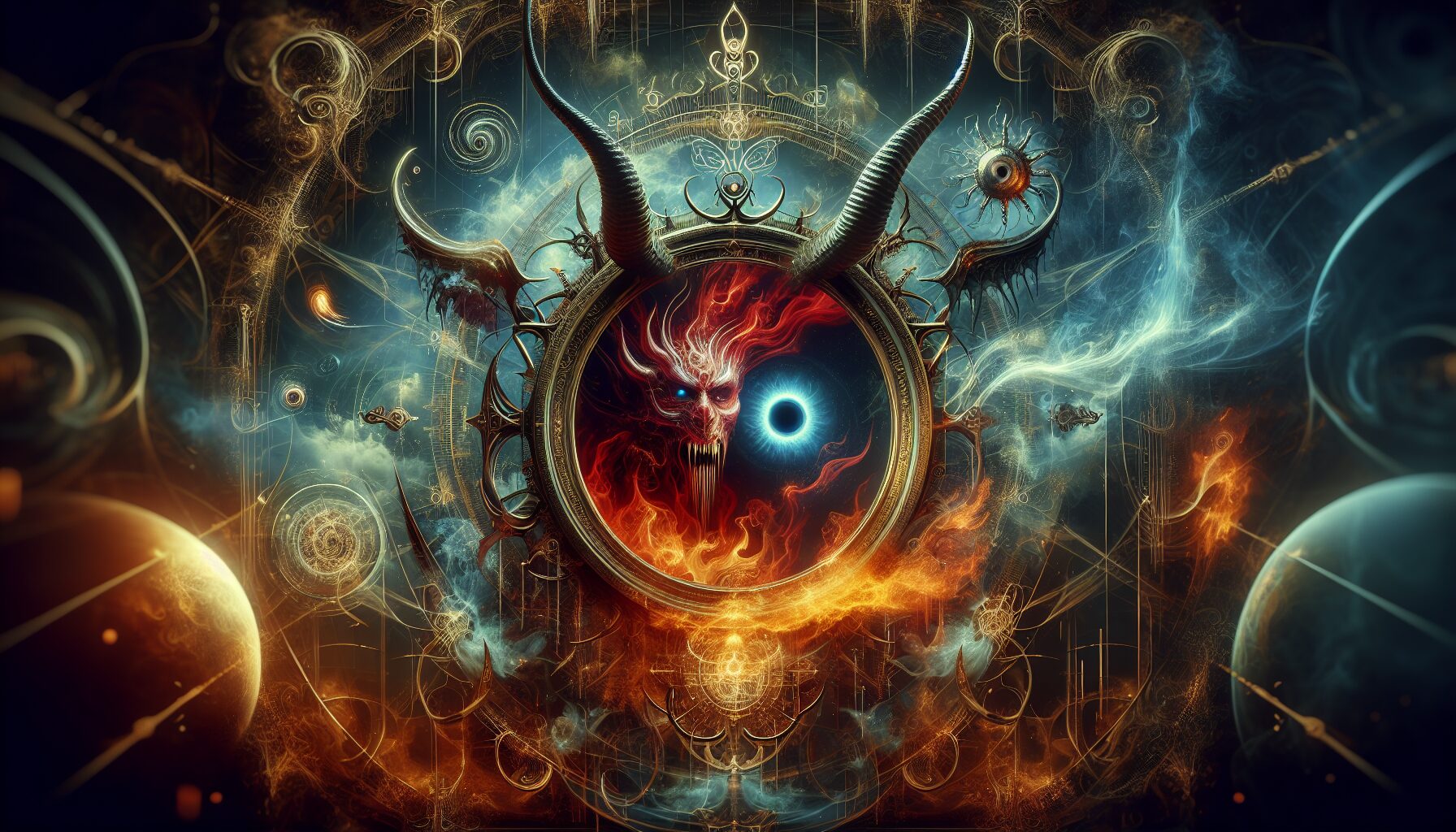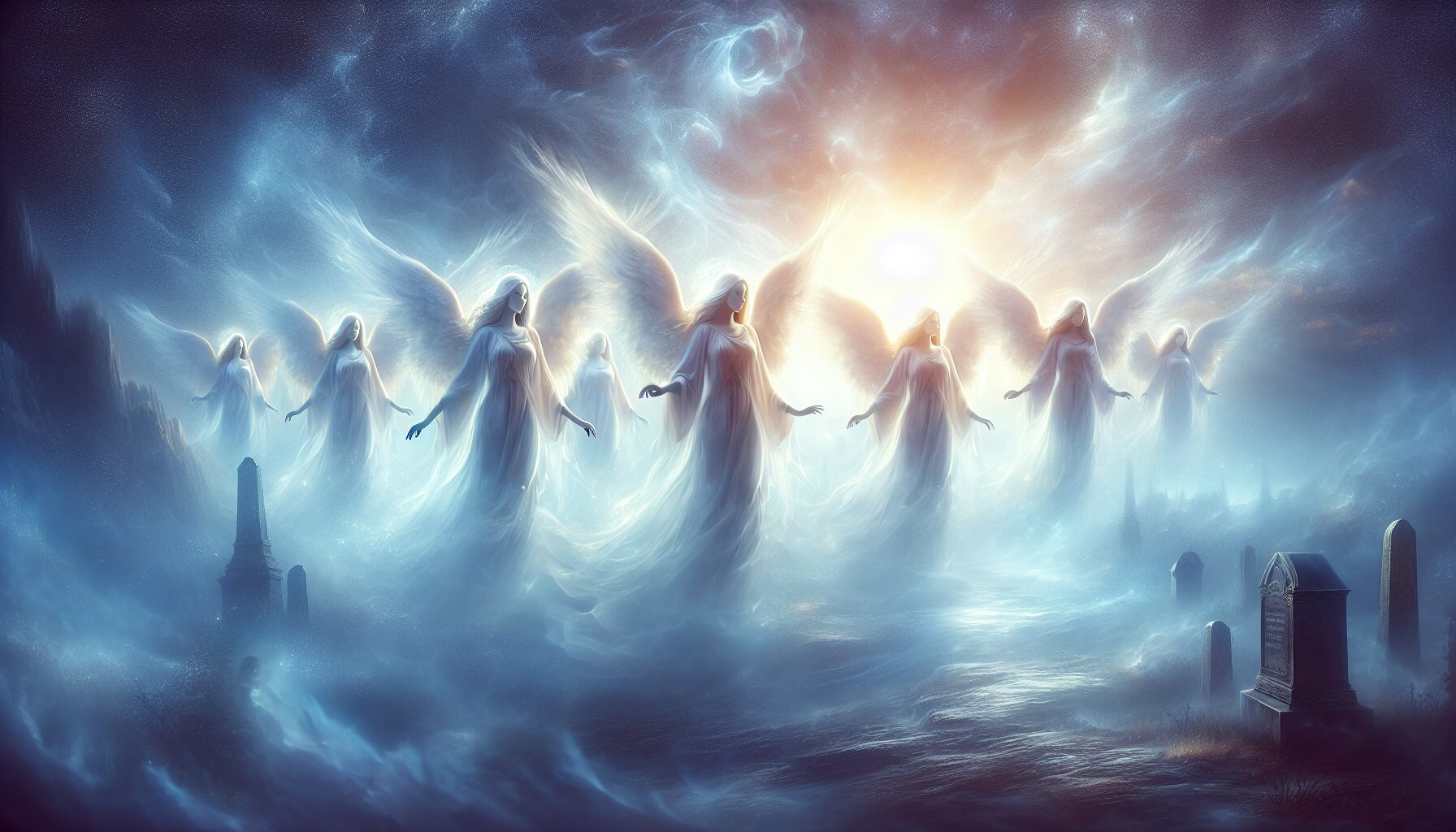Throughout human history, tales of mysterious beings visiting Earth have captivated the imagination of many. Among the most intriguing narratives are those that intertwine the existence of extraterrestrials with the concept of lost souls or revenants. But can these otherworldly beings really be connected to the realm of spirits and ghosts?
The Myth of Revenants
The term revenant comes from the Latin word reveniens, meaning “returning.” Traditionally, revenants are associated with spirits of the deceased returning to the physical world. Various cultures have expressed this phenomenon differently. As noted in the British Journal of Psychology, “The concept of revenants can be seen in accounts of the vengeful dead in Roman literature and in medieval European folklore” (psychologyjournal.com).
For centuries, stories of revenants have been interwoven with fables of vampires and ghosts. However, in the modern age, there is a growing interest in an intersection that may first seem improbable: the link between these mythic beings and extraterrestrials.
Extraterrestrial Visitations
In contrast to revenants, extraterrestrials are beings hailing from planets beyond Earth. The fascination with aliens became particularly widespread during the twentieth century, a boom correlated with technological progress and the space race era. Historical documentation about apparent UFO sightings is replete with instances that, to some, seem inexplicable by earthly means.
According to the National Aeronautics and Space Administration (NASA), while there is currently no conclusive evidence of life beyond our planet, scientists continue to explore the universe, searching for signals from intelligent extraterrestrial life.
Shared Characteristics: Aliens and Revenants
Despite the perceivable differences, there are intriguing similarities between the tales of aliens and revenants:
- Transcendental Origin: Neither revenants nor aliens originate from the known, tangible world. Revenants are said to rise from the spirit realm, while aliens presumably hail from distant stars.
- Mysterious Powers: Both are often depicted with abilities beyond human capabilities. Revenants might be portrayed as having miraculous or malevolent powers, whereas aliens are frequently described as possessing advanced technology or psychic abilities.
- Theme of Return: The narrative of a “return” is central to both concepts—revenants return from death, whereas aliens might return from their cosmic journeys with mysterious purposes.
The Theoretical Link
One of the most compelling aspects of this discussion lies in the theory suggesting that what some interpret as extraterrestrial encounters could indeed be spiritual experiences. A notable line from the Journal of Parapsychology suggests: “Alien abduction scenarios often include similarities to near-death experiences or perceived visitation by spirits of the deceased” (parapsychologyjournal.org).
“The sense of otherworldliness and reports of strange occurrences suggest that the boundaries between alien and spiritual phenomena are not as distinct as once believed.”—Journal of Parapsychology
Implications for Belief Systems
This overlap raises fascinating questions about our understanding of existence. If extraterrestrial interactions bear semblances to encounters with revenants or spirits, it might suggest a more interconnected cosmos where the material and spiritual realms are not exclusive.
Religious and cultural beliefs might offer a broader context in which both extraterrestrial life and revenants can coexist. Drawing parallels to concepts such as reincarnation, some believe that aliens could be deliberate reincarnations of souls, providing a medium for lost souls to communicate or find closure.
Conclusion
While the existence of either extraterrestrial beings or revenants remains unverified within the scientific community, their shared characteristics continue to inspire awe and curiosity. As our technological capabilities teem with new possibilities, perhaps future discoveries will reveal unexpected truths about these enigmatic visitors, whether they come from the ends of the universe or the echoes of the past.
For now, the connection between alien revenants and lost souls remains a captivating mystery, reminding us of the limits of our current understanding and the endless possibilities beyond.




